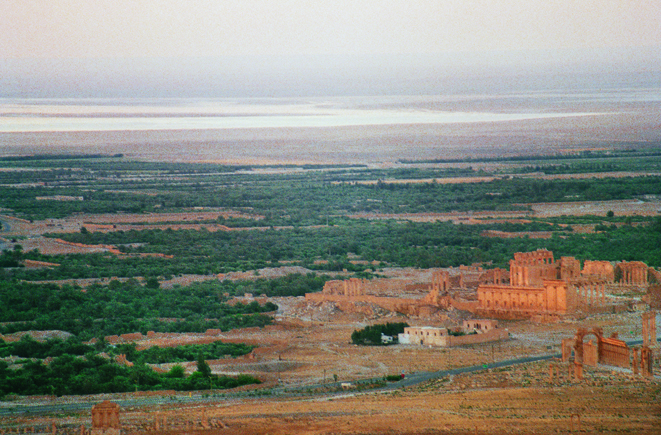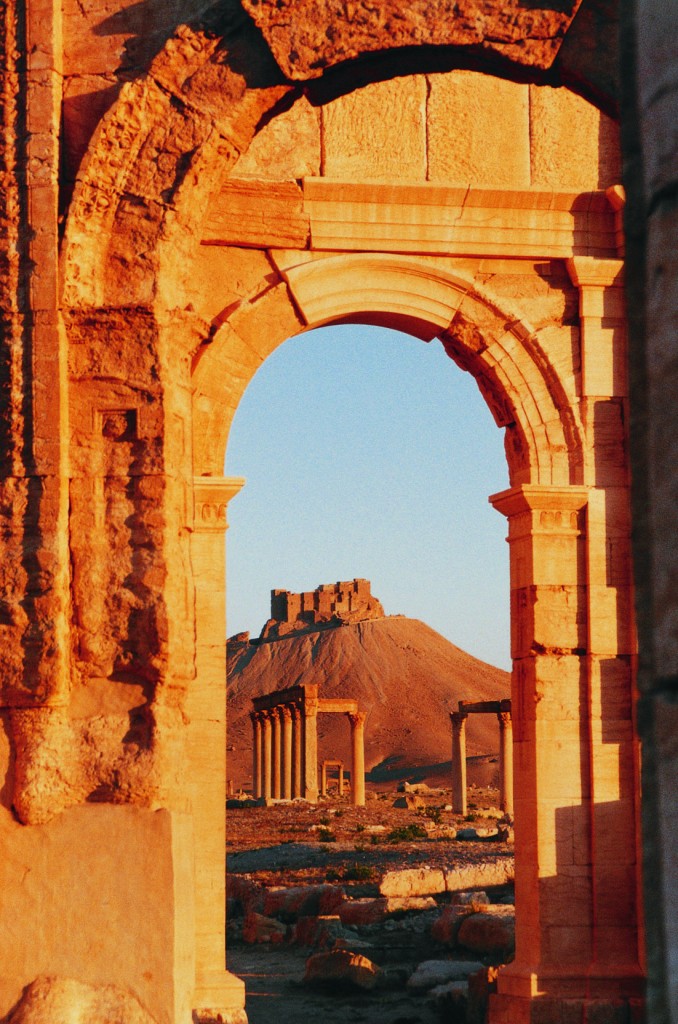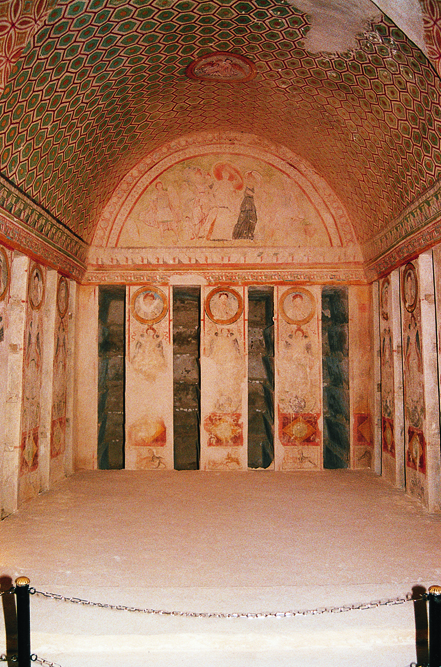The proud city which dared to defy Rome
It appears in the distance, this oasis, enjoying the early morning under the protection of the mountains, Jebel Hayyan, Jebel Mazar. The city opens to the desert. A garden of five hundred thousand olive trees, palm trees, pomegranate, girded like a laurel wreath, with the ancient city that seems to stretch to infinity. City of this heroine of the past, Zenobia, so actual today, amazon whose story approached the myth, cultivated warrior, woman of State, courageous, proud, worshiped woman, adored by her people, hated by the Romans who admired her as much as they feared her. The Citadel of Fakhreddine el Maani rises like an eagle. The past becomes present, history is revived. And the fascinated visitor left surprised by the majesty of the spectacle.
© Prestige
At 320 km from Damascus, out of sight, an oasis of 500,000 palm trees, olive trees, pomegranate … irrigated by sources. On the Right, the temple of Bel, on the distance, the lake collecting the waters of Efqa.
City of courage, loyal city, free city. Palmyra, Arab principality has marked history as much as Petra, and will not cease to assert its independent and proud facet. Envied, sought from everywhere, it will keep its consistency. When Antoine in love with Cleopatra, sent his cavalry to plunder Palmyra, Palmyrenes crossed the Euphrates with their wealth and posted their archers on a cliff, the Romans found the city empty and went away frustrated without a fight … nor booty. Although Syria was a Roman province, Palmyra always retained some autonomy. The Palmyrenes also provided military aid to Rome: infantry, cavalry, camel … The Emperor Hadrian who fell under the spell of the city, granted it the status of “free city” within a local curator. Palmyra becomes Palmyra Hadriana. Its golden age begins. From India and China on the Silk Road, to Italy, it inherited from the trade of Petra, and prospered.
© Prestige
From the Arch of Victory in Palmyra, view of the citadel of Fakhreddine, Prince of Lebanon, to whom the construction was attributed, being the last to have lived there.
More … serendipity. The Emperor Septimius Severus marries Julia Domna, daughter of Prince priest of Emesa (Homs). Their son Caracalla gives the title of Roman settlement to Palmyra, exempts it from property taxes. It then takes off, becomes one of the most beautiful cities of the Orient. When the Sassanian dynasty settled on the throne of Persia, the caravan route will be diverted to the North. It is the decline of Palmyra … until the advent of Odainat.
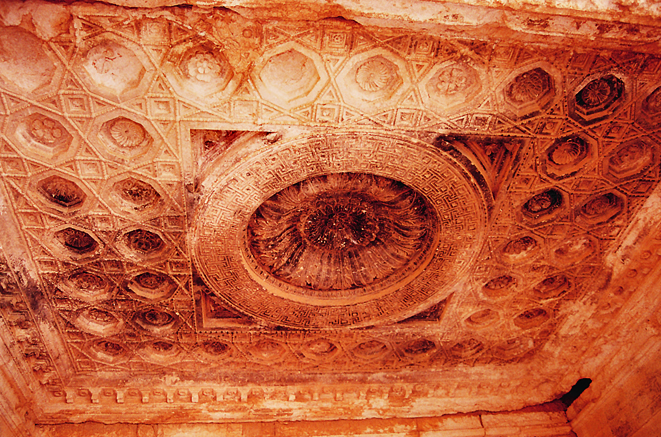
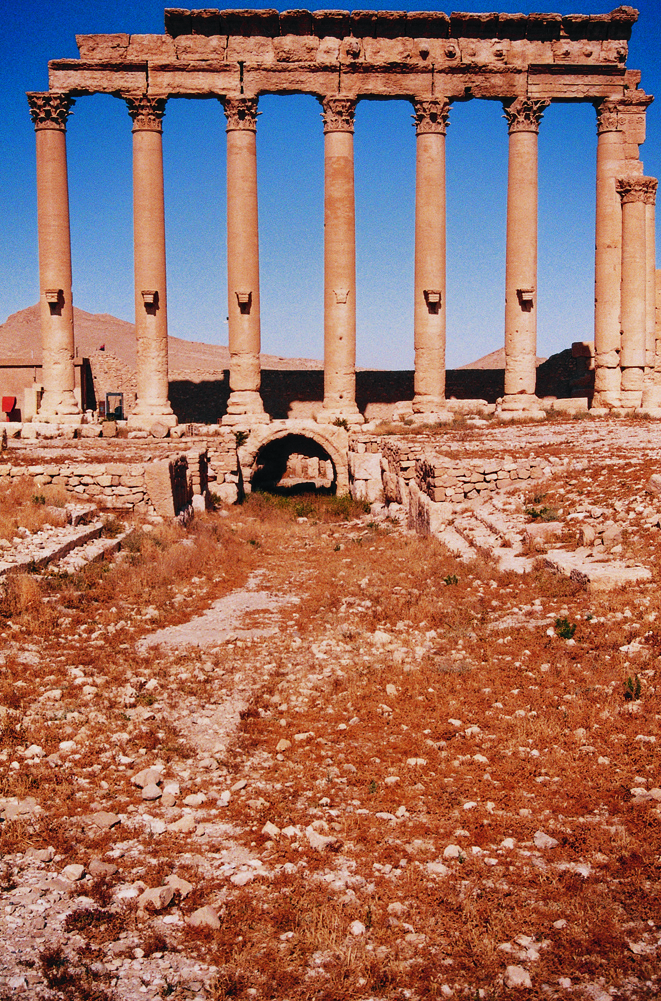
One woman facing the Romans: Zenobia. By the IIIrd century, to save its business, Palmyra adopts a strategy of independence; an Arab family will play a key role in this sense: the Odainat ennobled by the Romans because of their help, Odainat himself saved the Emperor Valerian from the Persian claws. Appointed governor of the province of Syria, he is rewarded by Gallien who gives him the title of Dux Romanorum, Commander in Chief of the Eastern armies. Palmyra jubilant. Unaware of the tragedy that awaits it … Odainat is murdered. As well as the crowned prince Hérodianus. The cousin Maeonus proclaimed himself emperor then he is murdered on his turn. A woman comes forward and saves the situation from chaos. Iron fist in a velvet glove: Zenobia, wife of Odainat took power on behalf of their son Vaballathus. Real state woman, she has charisma, character, courage, culture, especially in political affairs. She is fluent in Aramaic, Greek and Egyptian, claiming descent from Cleopatra. Zenobia is keen in history, is friends with the bishop of Antioch Paul Samotase and chose the Greek philosopher Longinus to be her advisor. Horsewoman, the Amazon supports her troops in long rides.
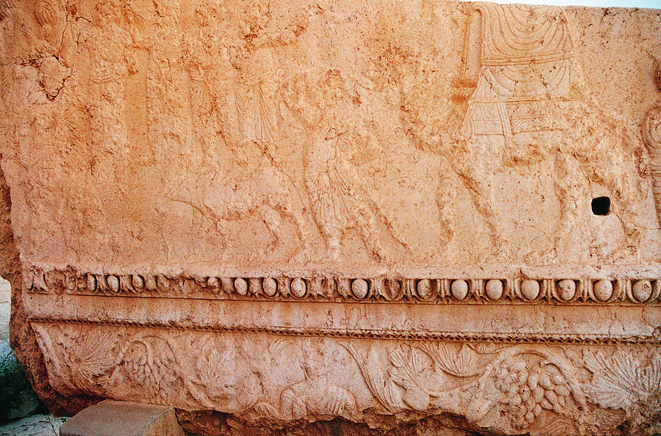
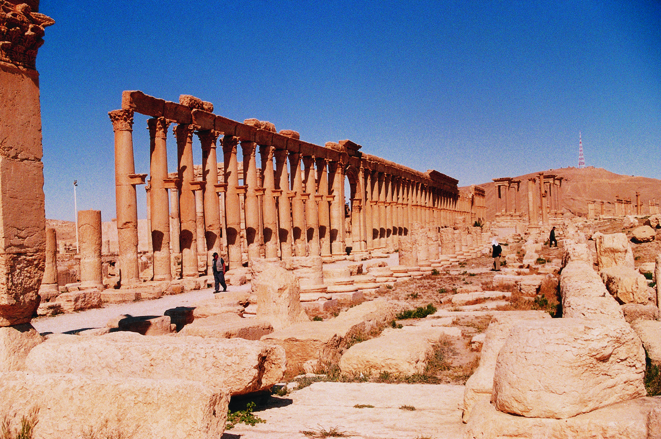
She lectures crowds like the emperors, wearing a helmet, covered with purple. Dark complexion, glowing eyes, intense, contrasting with pearl teeth. She incarnates beauty, nobility and intelligence. Zenobia is unquestionably one of the greatest women of history. Is it any wonder she was a legend? Her son being a minor, Zenobia carries the regency. Rome did not react. But when the armies of Palmyra, under the command of General Zabda invaded Egypt … the Emperor Aurelian becomes pale in face of the insult. In fact, Zenobia wants to ensure the route to India by the Nile and the Red Sea. But her ambitions do not stop there. Her troops turn and arrive to the Bosphorus.
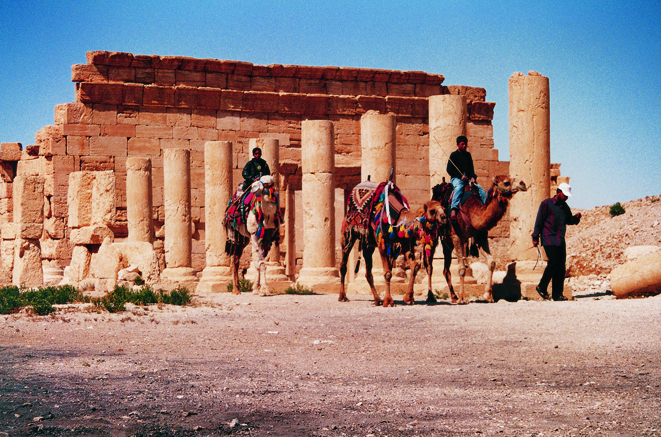
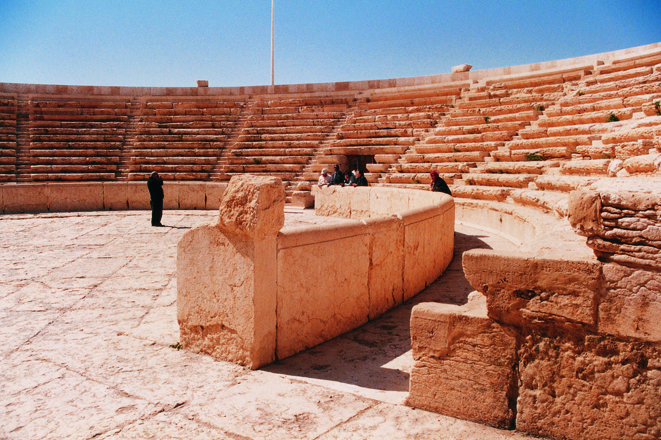
Aurélien furious raises his army and made a triumphal entry into Antioch. Zenobia furthers the audacity and proclaimed her son Augustus, and claiming the entire Roman Empire. She hits a coin with her image and that of her son. But Palmyrenes accumulate defeat after defeat. Aurelian invaded Emesa, expressed his gratitude to the god Sol Invictus to whom he dedicates a vibrant worship. Despite ambushes by the Bedouins, the overwhelming heat of the desert, Aurélien reached Palmyra that Zenobia had hastily fortified to withstand siege. Aurélien bribes all potential allies of the queen … Zenobia who refuses any accountability, slips secretly outside the walls of Palmyra to go to the Persian king and ask for help. When she is about to embark on the Euphrates, she is unmasked and arrested by the Romans. Deprived of its queen, exhausted by a long siege, Palmyra capitulated. What happened to Zenobia? Did she die on the way because she refused to eat? Was she decapitated after a parade in Rome in her toga queen, hands tied by chains of gold? A romantic version says that Zenobia has ended her days in exile in Tivoli, adored by a Roman tribune, who fell in love with her. Once again, the legend mingles with history.
Palmyra is revived in the Umayyad period, despite setbacks and earthquakes, it alternates periods of prosperity with the Umayyads, Ayyubids, the Seljuks. Historian Fadlallah described in the XVIth century, its splendid houses, gardens, and commerce. The decline of the city is accelerated during the Ottoman era. Palmyra is no more than a village under the siege of nomadic tribes that travelers Woods and Dawkins discover in 1751, with astonished eyes. To date, Palmyra has not yet revealed all its secrets.
“Houses of Eternity” of great beauty are particular to Palmyra: tombs- houses, underground tombs or graves … and tower-tombs!
© Prestige
The images of the dead are painted in circular frames, held by Victories standing on spheres. Mythology with Achilles represented with two girls of Lycomedes king of Skyros. On the Ceiling, the young Ganymede abducted by Zeus’ eagle, symbol of the soul caught up in the afterlife.


